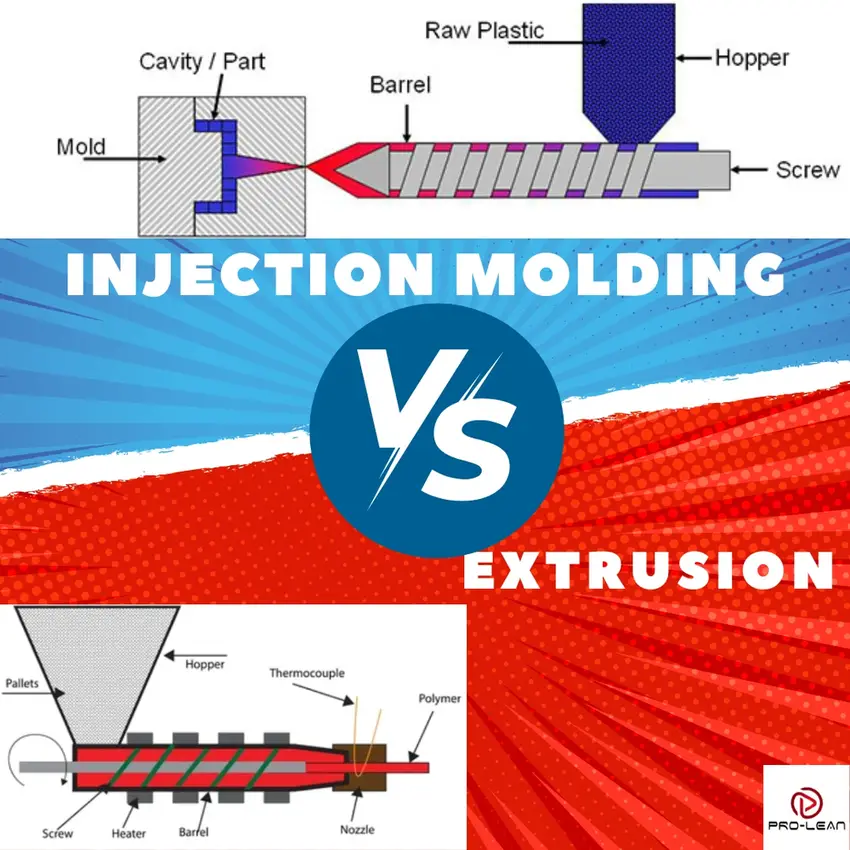
Injection molding vs extrusion
Injection molding and extrusion are some of the common plastic forming processes in the market. Both methods use a die to manipulate material, but that is almost as far as the similarities go. While extrusion produces continuous profiles, injection molding makes enclosed items.
That means the setups, types of products, materials used, the complexity of the products, and the lead time typically vary. For instance, injection molding by ProleanTech-your custom parts manufacturing partner– is the better method for manufacturing complex 3D items.
This article introduces the techniques and discusses how they compare. It also highlights the advantages and limitations of each. Let’s proceed.
What Is Injection Molding?
Injection molding is a manufacturing process involving the shaping of a raw material into a desired product using a die or mold. The process entails first heating the material into molten or liquid form, pushing it into a mold cavity, and then extracting it after solidification.
The mold has a negative shape of the envisaged part, and must be made of durable and heat-resistant material, mostly metal. The quality of the final part largely depends on the mold quality and design. Therefore, the designers take into account separating lines, shrinkage, air pockets, and such elements.
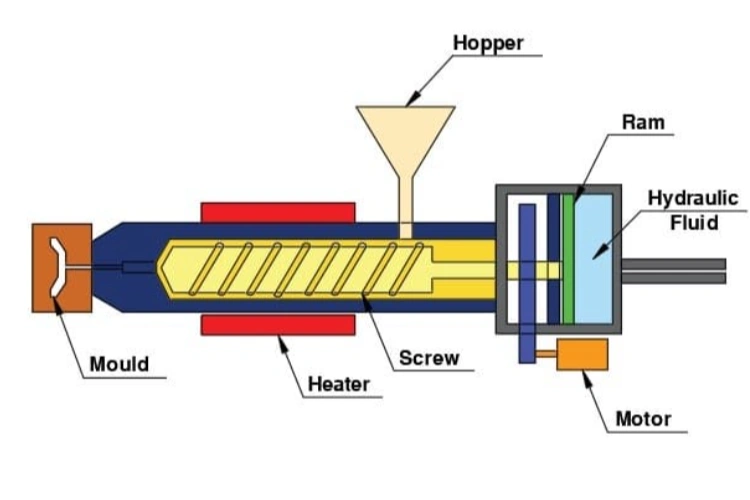
Injection molding process diagram
Heating the raw material to molten or liquid form is important to make it free-flowing for smooth introduction into the mold. If molding metal, a furnace is used for heating. Plastics are heated in a barrel or extruder.
Note that there are different injection mold types, each type with its capabilities and specific applications.
Discover the providers: https://proleantech.com/top-9-metal-injection-molding-companies/
What Is Extrusion?
Extrusion is a manufacturing process for uniform cross-sectional profiled parts. It is distinguished by the forceful passage of raw material through a specially designed die to create a lengthy product of uniform cross-section. Pellets or powder of plastic, food, or rubber are commonly subjected to this process to create elongated products.
The material used is different for metal extrusion, which is a metal slug or billet in this case.
For plastic extrusion, the extruder machine drives the operation. It comes with a ram or screw that forces the raw material through the heated barrel. The profile of the final product depends on the designs of the screw and die.
As the material emerges from the die continuously and with an even profile, it has to be cut into suitable lengths after cooling. Manufacturers use different cutting technologies, including guillotines and saws.
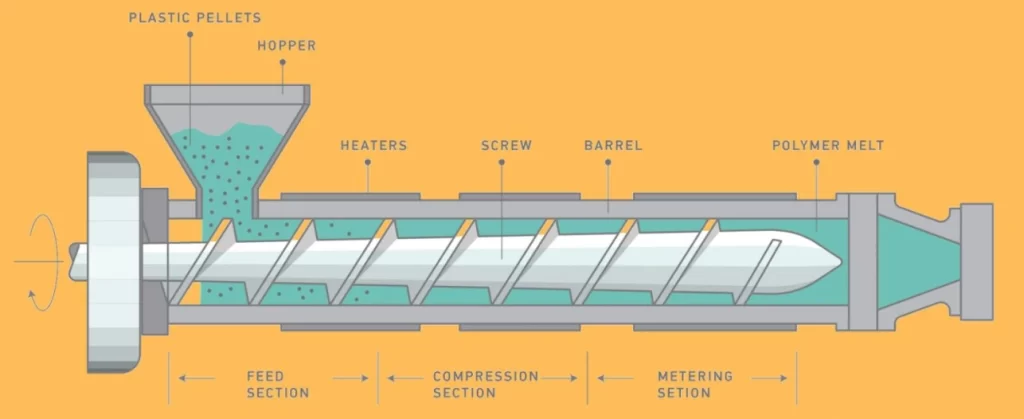
Plastic extrusion process diagram
Industries that use long, homogeneous parts that can be extruded can comfortably use extrusion. These industries include automotive, aerospace, architecture, and others.
What Is Extruded Plastic?
Extruded plastic is a continuous profile part made from the plastic extrusion process, which entails forcing molten plastic through a specially-shaped die.
The Difference Between Operating Principles of Extrusion Plastic Manufacturing and Injection Molding
The injection molding process entails feeding a mold enclosure with special pellets or granules via a hopper. A screw barrel heats these components, mixes them, and then injects them into the mold. Cooling is allowed to take place before the mold is opened and the solid part removed.
For the plastic extrusion process, an extruder continuously heats granules as a screw mechanism mixes and presses them via a die. The extrusion takes the profile of the die and is continuous.
Advantages Of Injection Molding
Injection has dominated the plastic manufacturing space for a long time, and for credible reasons. Its superiority lies in providing consistent quality for complex parts, supporting large-scale production, and fulfilling the requirements for tight tolerances.
Adding these reasons to the fact that injection molding works for a wide range of materials makes the process ideal for parts manufacturers for automotive, household goods, and many other applications.
Get an instant quote to enjoy the following advantages.
Ideal For Complex shapes
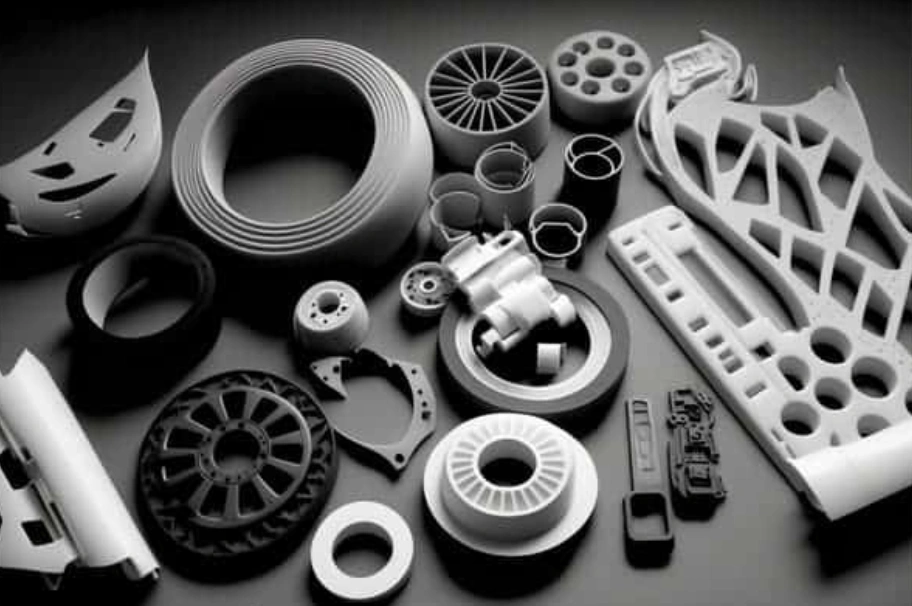
Injection molded complex parts
A prominent characteristic of injection molding is the capability to create complex parts. It is ideal for complex patterns, thin walls, undercuts, and threads, which are usually difficult to manufacture with other technologies.
Supports Automation
In modern facilities, injection molding is an automated process with related benefits such as consistent quality, safer operations, and higher throughput. Manufacturers are able to meet customer deadlines and maintain good relationships.
Durable Parts
The injection molding process is designed to ensure the uniform distribution of material. Tests show that the resulting injection moulding items generally have superior structural integrity, and are resistant to impact and wear perfectly.
Highly Precise And Accurate
This method provides parts of very high tolerances, allowing manufacturers to get parts of consistent dimensions. Each part developed using this technique is highly likely to meet the specifications.
Perfect For Mass Production
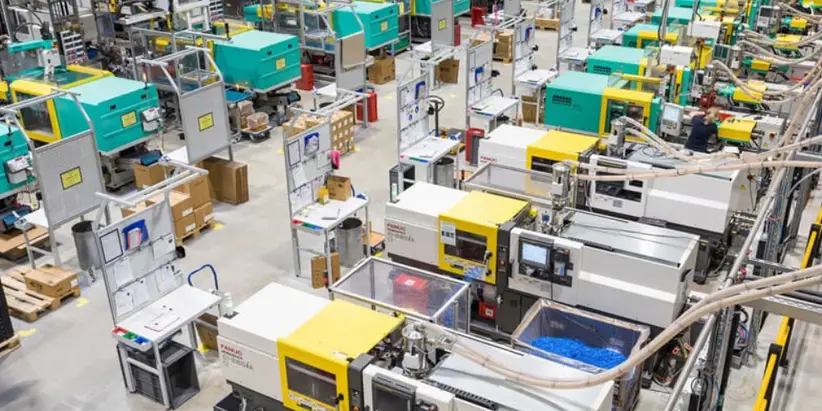
Injection molding for mass manufacturing
The initial costs, especially for tooling, for injection molding may be relatively high, but large-scale production runs often favor the technology. The cost per unit reduces with every piece, and soon, the manufacturer realizes the ROI.
Read more: https://proleantech.com/9-injection-mold-components/
Try Prolean Now!
Limitations/Disadvantages of Injection Molding
Injection molding has limitations like high tooling costs, difficulty altering designs once production has started, and the long lead times for mold fabrication. Appreciating these limitations is key when deciding whether this process would suit your parts manufacturing plans.
Higher Tooling Costs
The initial tooling cost for this method can be a challenge, especially concerning designing and producing the mold. These costs can be very high for intricate designs. As we said earlier, this challenge is short-lived if the production runs are high.
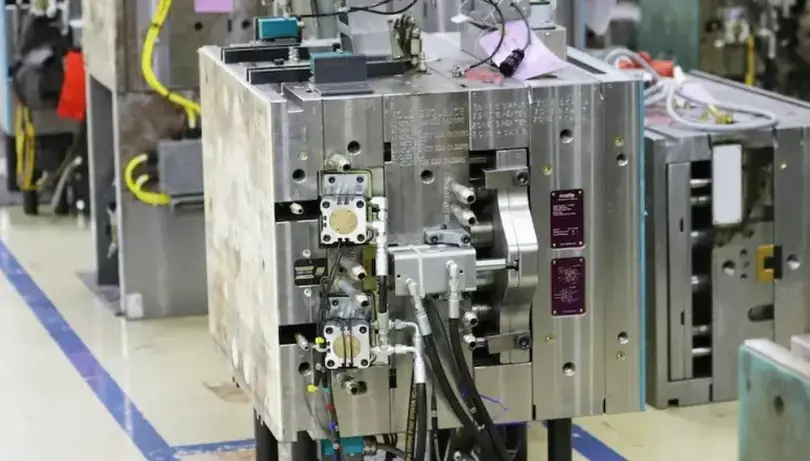
Expensive tooling for injection molding
Longer Lead Times For Complex Parts
Considering the lead time, 3D printing is a good alternative to compare with. As the mold is being designed and produced for a complex part, the 3D printout will probably have already been manufactured. Therefore, injection molding may not be the best for rapid prototyping for complex parts.
May Not Support Larger Parts
The size of the injection-molded plastics depends on the machine. This often limits the size of parts, unless more expensive specialized injection molding machines are used. Using multiple cavities is also an option, but this only serves to increase the manufacturing cost.
Advantages of Extrusion
Injection molding may dominate in the manufacture of enclosed complex parts, but the extrusion mold process reigns supreme in comparison in some areas, including the production of elongated uniform parts. Its tooling costs are lower, and it produces less waste. Setting the extrusion equipment also takes a shorter time.
Lower Per Unit Cost
The lower per-unit cost of plastic extrusion in comparison to other molding processes is a big selling point among manufacturers. As a high-volume process, extrusion is relatively affordable, and this does not even compromise part quality.
Large Volume Manufacturing
Extrusion is a continuous process that can manufacture large lengths of a product within a short time. This high output performance is perfect for large volume production.
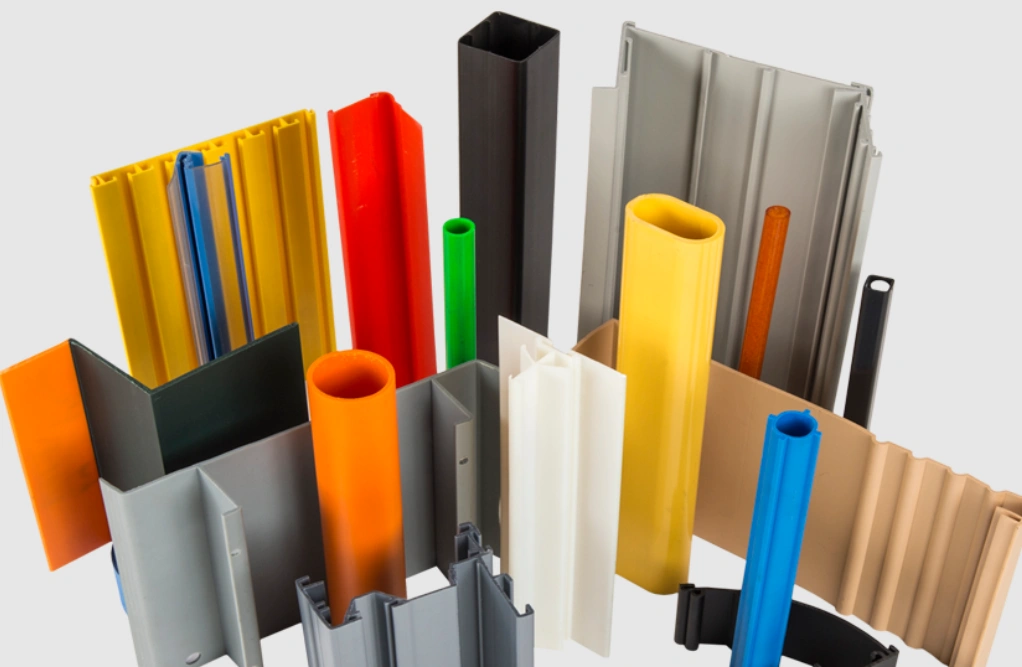
Extruded long parts
Versatility
Extrusion is applicable for a wide range of materials, including Acrylonitrile Butadiene Styrene (ABS), Polyvinyl Chloride (PVC), Polypropylene (PP), and Polyethylene (PE). The process is even more versatile considering the variety of dies that is possible.
Consistent Performance
The plastic extrusion technology can manufacture a consistent thickness of material, a good characteristic in maintaining production quality. It can sustain the set tolerances for a long time, so the products consistently meet requirements.
Disadvantages/Limitations of Extrusion
There are a few limitations of extrusion, which are mainly related to die limitations, thermal problems, and tooling cost. You can contact us now to learn how to navigate through them.
Complexity Limitation
The variety of profiles possible with extrusion may be high, but the process is still limited in geometry complexity. Unlike injection molding and CNC machining, this technique may not deliver where different thicknesses and complex geometries are required.
If you have yet to try CNC-machined parts, maybe it’s time to introduce the technology. Discover the CNC machining process, its benefits, and applications—learn how it ensures precision and efficiency in modern manufacturing!
Heating Problems For Some Materials
Extrusion does not work smoothly for all types of plastics. The high temperatures of the process may degrade some of the materials.
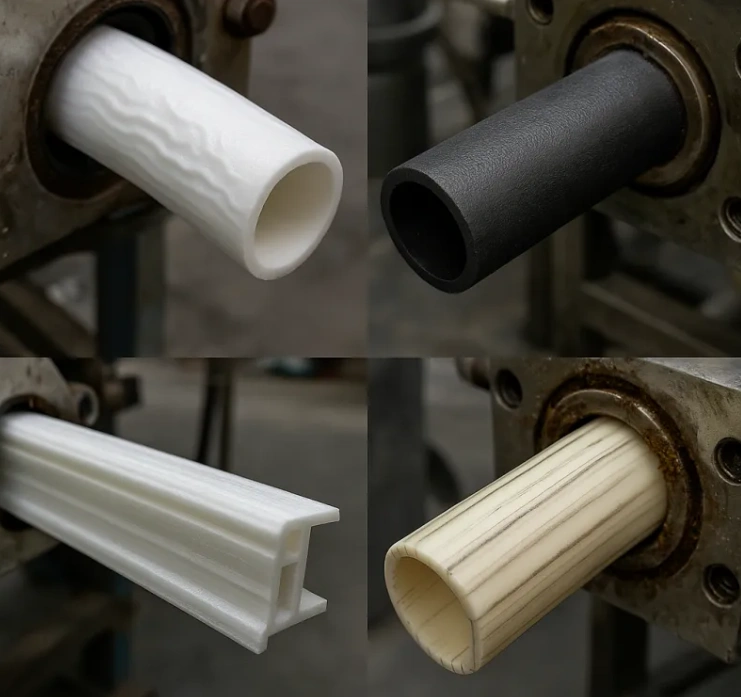
Heating problems in extrusion
High Tooling Cost
The initial tooling cost for the method is relatively high, although this is usually canceled out by the high per-unit cost.
Applications of Injection Molding Vs Extrusion
Industries that require complex and precise parts prefer injection over extrusion. The method can easily make suitable parts such as medical parts, electronic housings, and automotive components.
This capability, which can even apply for mass production, is not possible with extrusion, which instead suits elongated profiles such as tubes and cable coatings. Typical uses for extruded products are in the packaging and construction industries.
What Is Injection Molding Most Commonly Used For?
To better understand the uniqueness of injection molding in comparison to extrusion, outlining the process’s applications can help. Its suitability for complex parts of high precision, even in mass production scenarios, is a big contributor to the kind of applications for this technique.
Here are common applications of injection molding:
| Industry | Applications of injection molding |
| Automotive | Steering wheel parts, dashboard panels, side mirror housing, battery cover |
| Packaging | Bottles, tubes, jars, food-grade containers |
| Food and beverage | Conveyor system parts, overcaps, filtration components |
| Telecommunications | Cellphone parts, weatherproof enclosures, fiber optic splice holders |
| Electronics | Laptop housings, keyboard shells, Power plug housings, heat-resistant component holders |
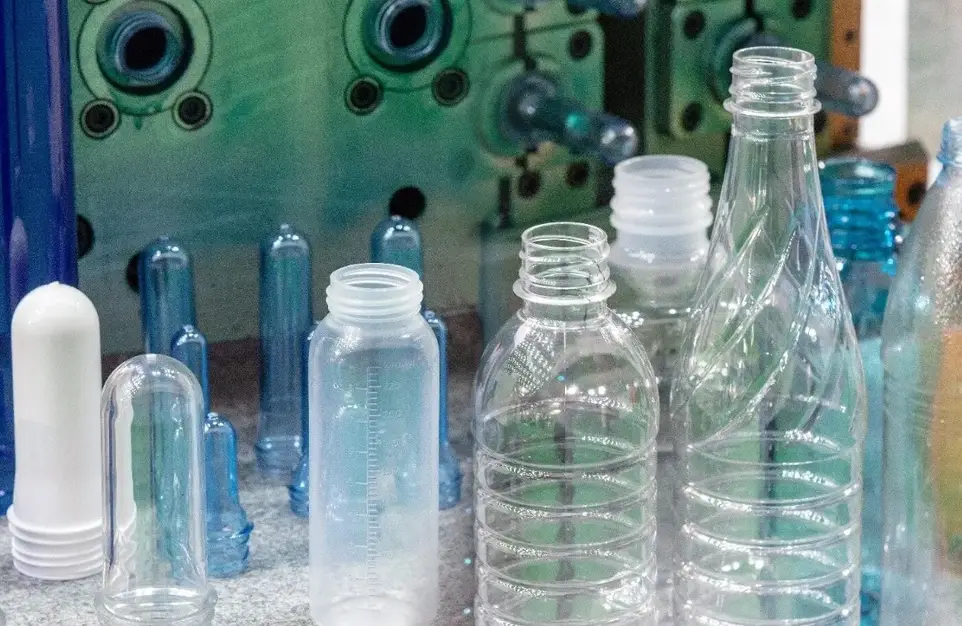
Injection molded bottles
Further reading: Custom Aerospace Injection Molding For the Defense Industry
What Is Extrusion Most Commonly Used For?
Similarly, extrusion molding has unique qualities that prompt dealers and end users to seek it. It is a preferred manufacturing technique in industries like automotive, electrical, construction, medical, and packaging.
Here are a few application cases;
| Industry | Applications of Extrusion |
| Automotive | Fluid ducts, weatherstripping, and sealing strips |
| Electrical | Insulation jackets, conduits, cable ducts |
| Construction | Expansion joints, joint trims, vinyl siding |
| Medical | Catheter sheaths, gas delivery hoses |
| Packaging | Flexible tubing, plastic edge protectors for cartons |
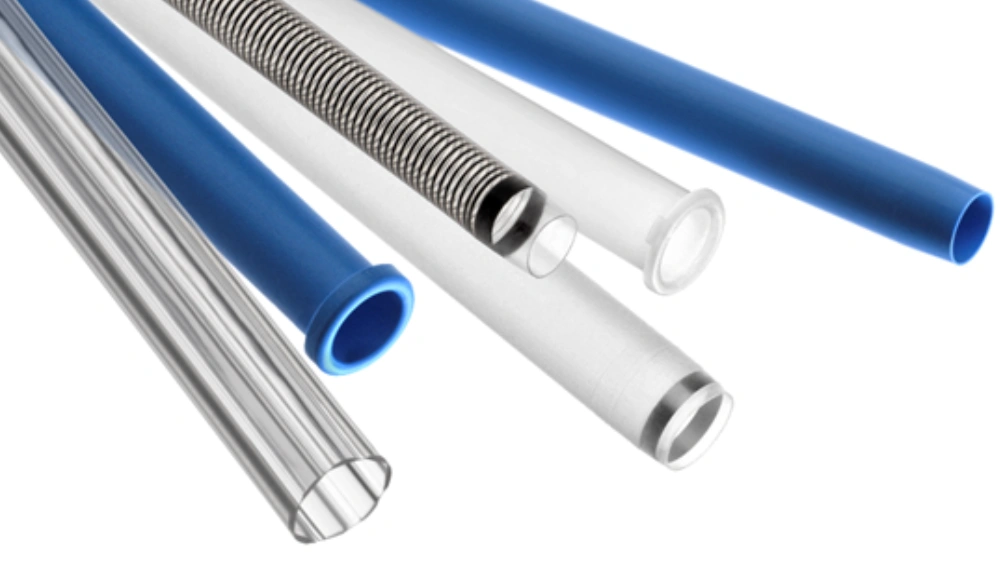
Extruded catheter tubing
Try Prolean Now!
What Is The Difference Between Extruded And Molded?
In comparing the plastic extrusion molding process and injection molding, differences are seen in the process details, material cost, process cost, complexity, and speed of manufacturing.
Part Complexity
These manufacturing methods differ a lot in how fast and efficiently they can create complex parts.
Injection molding is the better of the two when it comes to this element. It is designed for precision manufacturing, easily producing parts with detailed features. This capability comes in handy in aerospace, medical, and other industries requiring intricate parts.
Extrusion is not equally excellent in producing parts with complex geometries. Instead, the method is simpler because it focuses on the cross-sectional profiles. These profiles are uniform and typically result in elongated parts.
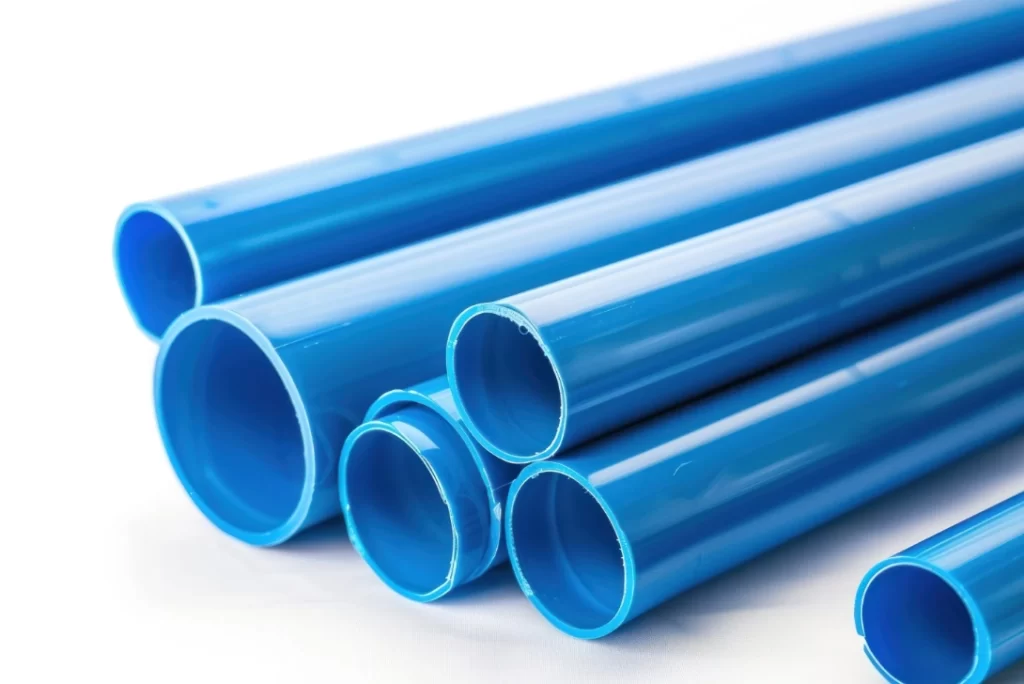
Uniform thickness extrusion parts
Raw Material Requirements
Injection molding is very versatile with elastomers, thermosets, and thermoplastics, all of which are suitable for the manufacturing process.
However, extrusion is restricted to polypropylene (PP), polyvinyl chloride (PVC), and other thermoplastics, which are easy to melt and reshape. This narrower range of materials may be limiting for extrusion, although some extrusion machines can handle thermosets with limitations.
Strength Of Parts
This is another area where plastic injection molding outdoes extrusion. This difference is mostly due to the nature of the manufacturing process. A finished injection-molded part has higher compressive and tensile strength compared to an extruded part.
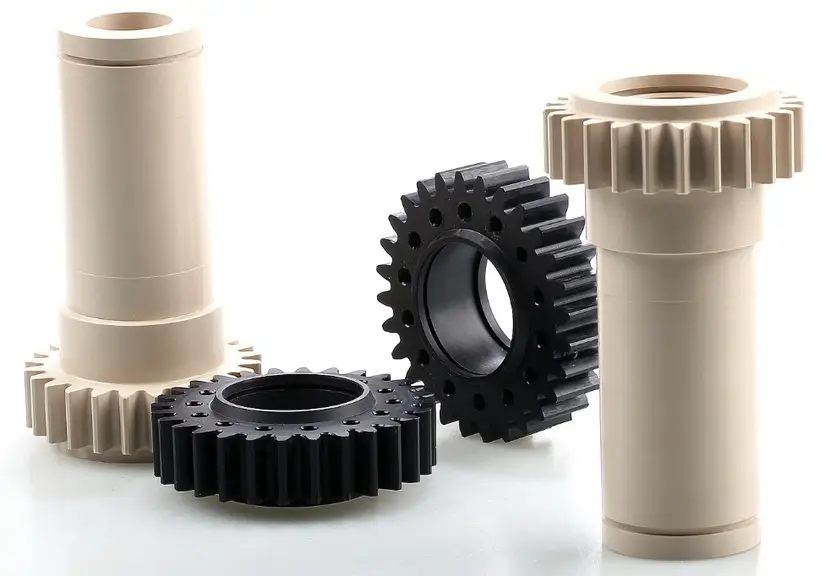
Strong injection molded plastics
This point is particularly critical if you are considering extrusion for applications where safety in high-stress situations is paramount. You either ensure the extruded product meets the strength requirements or opt to use injection molding instead.
Production Speed And Cycle Time
Where complex parts are involved, injection molding may be the preferred process, but remember it works in cycles, an aspect that can eat up time. On the contrary, extrusion is continuous and faster, thus perfect for uninterrupted manufacturing.
These differences and others are outlined in the comparison table below.
Comparison Table For Injection Molding Vs Extrusion
| Property | Plastic Extrusion | Injection Molding |
| Best for | Ideal for high-volume production | Supports the production of precision parts over the injection molding of large parts |
| Design Flexibility | Low | High |
| Energy Consumption | Moderate | High |
| Machinery Used | Simple | Complex |
| Manufacturing Speed | Fast for uniform profiles | Slower time per unit |
| Material Waste and Recycling | Minimal | Moderate |
| Materials Handled | Limited | Diverse |
| Melt Strength | Moderate | High |
| Outlet Expansion | Significant | Minimal |
| Part Complexity | Supports uniform cross-section parts | Can produce complex geometry parts |
| Precision and Tolerances | Loose | Tight |
| Process fundamentals | Continuous, molten plastic driven through a die, long-shaped products | Disconnected process, molten plastic put into a mold cavity, removed after cooling |
| Product Size Limitations | Long/continuous | Small-medium |
| Production Volume and Efficiency | Continuous | High-volume |
| Raw material cost | Usually, lower-cost thermoplastics and less material wastage | Requires specific materials, gates, and a runner, which contribute to waste |
| Surface Finish and Texture | Good | Excellent |
| Tooling and Set-Up Costs | Low | High |
| Types of Products Produced | Profiles/sheets | Complex parts |
Further related reading: Metal Injection Molding vs Die Casting, Blow Molding vs. Injection Molding: A Detailed Comparison,
In Conclusion
Injection molding and extrusion play irreplaceable roles in manufacturing, with the former excelling at producing intricate 3D parts and the latter being more suitable for continuous, longer parts with fixed profiles. These fundamentals have effects on setup, raw material wastage, product types, and lead time.
For all your parts manufacturing projects where the two processes appear sensible, consider the details shared here. You can get more clarification and guidance from experts who have been in the field for years, cementing their place in the Chinese and overseas markets.
Call to get your quote now!

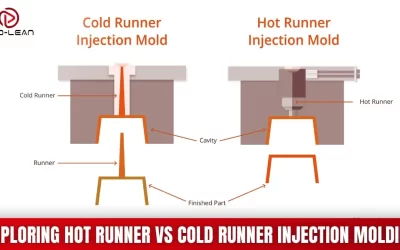
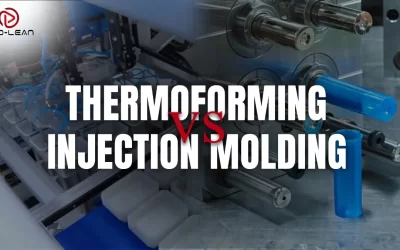
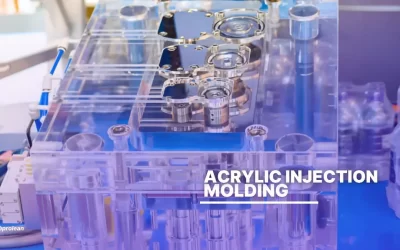
0 Comments